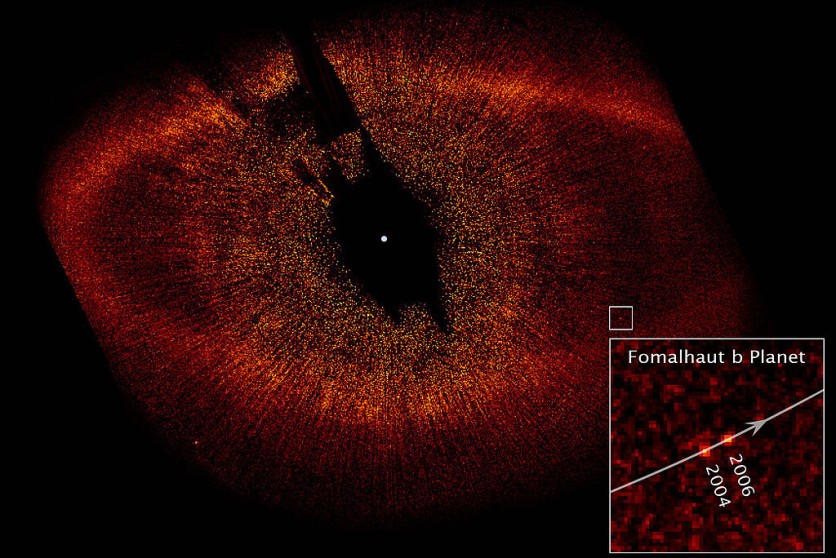Astronomers may have found something "forbidden" in deep space in the form of a gas giant nearly as massive as Jupiter, orbiting a dwarf star called TOI 5205B.
This intriguing gas giant hails 280 lightyears away from Earth, and scientists dub it the "forbidden planet" as it challenges the understanding of astronomers about the planetary system.
Locating this forbidden planet was made possible with the help of NASA's Transiting Exoplanet Survey Satellite (TESS), a mission that is focused on uncovering various exoplanets in the universe.

"Quite Surprising"
M-dwarfs are more likely to be redder but less hot. Furthermore, the luminosities of these small objects are significantly low, yet their life span is longer compared to giant stars such as Canopus.
The presence of a gas giant on a dwarf star surprised astronomers because these stars frequently support more planets than more massive ones.
"The host star, TOI-5205, is just about four times the size of Jupiter, yet it has somehow managed to form a Jupiter-sized planet, which is quite surprising!" said Shubham Kanodia, the study's lead author.
A few gas giants have been found in orbit around older M dwarf stars. Yet up to this point, a gas giant has not been discovered in a planetary system with a low-mass M dwarf like TOI-5205.
Read Also : MIT Astronomers Discover a 'Multi-Planet' System, With 2 Earths Existing-Based on TESS Data
Pea Orbiting a Lemon
For perspective, the astronomers likened the size comparison of a gas giant orbiting a Sun-like star to a pea circling a grapefruit. But since TOI-5205b's host star is much smaller, it is similar to a pea orbiting a lemon.
This explains why the Jupiter-like TOI 5205b blocks around seven percent of its host star's light when it crosses in front of it. Astronomers hail this as one of the largest known exoplanet transits.
The discovery of TOI-5205b challenges our understanding of the disks in which these planets form, according to Kanodia.
Kanodia explains that a massive gas planet cannot form at first if there is not enough rocky material in the disk to create the initial core. Therefore, it is impossible to create a gas giant if the disk evaporates before the massive core is produced. Yet, TOI-5205b emerged despite these barriers.
Hence, TOI-5205b is a forbidden planet because it should not even exist in the first place based on astronomers' current understanding of planet formation.
The research team showed that the planet's unusually huge transit depth makes it incredibly favorable for follow-up investigations with the recently launched James Webb Space Telescope, which could provide more information about its origins and atmosphere.
The findings of this forbidden planet were published in The Astronomical Journal.
Related Article : 'Ocean Planet' Discovered by Researchers-70% Larger than Earth, More than 100 Light Years Away

ⓒ 2025 TECHTIMES.com All rights reserved. Do not reproduce without permission.




